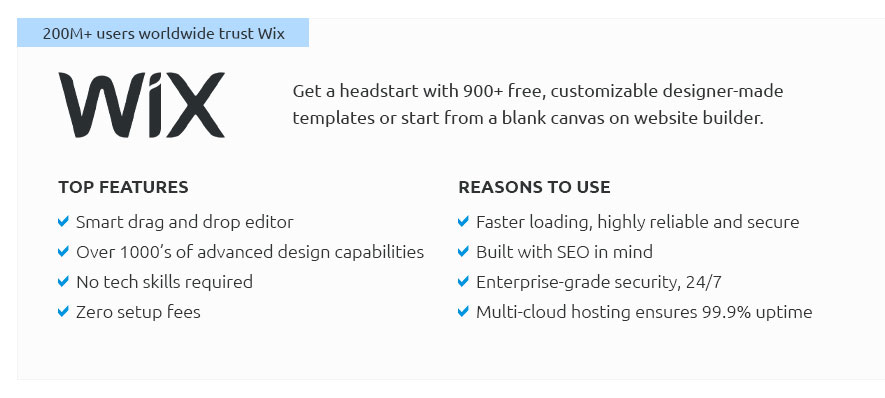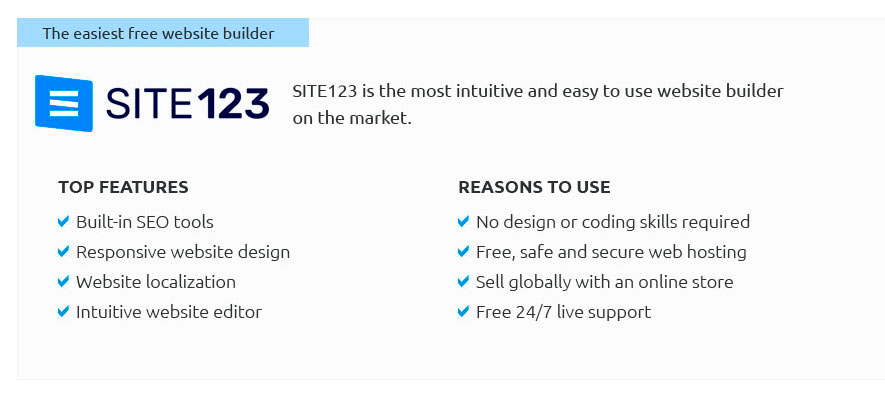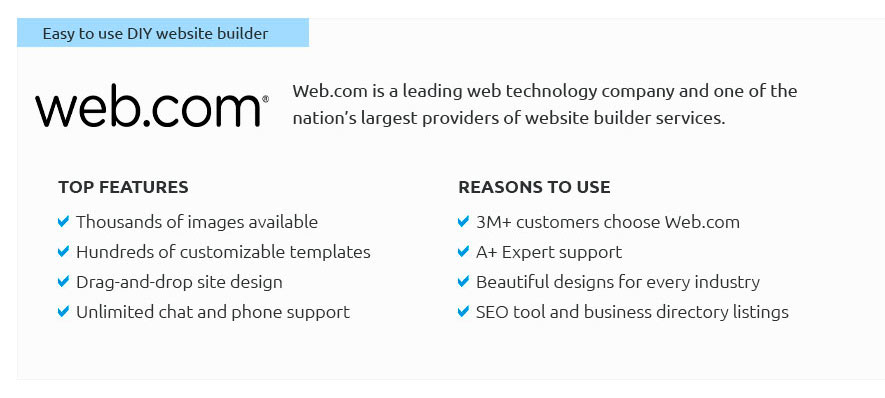 |
 |
 |
 |
|
 |
 |
 |
|
 |
|
 |
 |
|
 |
|
 |
|
 |
 |
Templates for Website Design: A Comprehensive Guide to SuccessCreating a website can be a daunting task, especially when starting from scratch. Fortunately, templates for website design offer a practical solution to ease the process. This guide will walk you through the ins and outs of using templates effectively, helping you avoid common pitfalls and make the most out of your design journey. Understanding Website TemplatesWebsite templates are pre-designed layouts that allow you to plug in your content easily. They provide a consistent structure and aesthetic, enabling even those with minimal design experience to create professional-looking websites. Benefits of Using Templates
Types of TemplatesThere are various types of templates available, each catering to different needs:
Choosing the Right TemplateSelecting the appropriate template is crucial for your website's success. Consider the following factors: Purpose and AudienceUnderstand your website's purpose and target audience. For instance, if you're creating a business site, you might want to explore how to build your own website for business to find templates that align with your goals. Customization OptionsEnsure the template you choose offers customization options to tailor it to your specific needs, such as color schemes, fonts, and layout adjustments. Avoiding Common MistakesWhen using website templates, it's easy to make mistakes that can impact your site's effectiveness. Here are some common pitfalls to avoid:
Exploring Free and Paid OptionsThere are numerous resources available for both free and paid templates. If you're on a budget, you might consider using website makers free to find suitable options. FAQ
https://dribbble.com/tags/web-template
Discover 3000+ Web Template designs on Dribbble. Your resource to discover and connect with designers worldwide. https://www.figma.com/templates/web-design-inspiration/
Figma Web design inspiration & templates. Start building your website with ease using free components and styles to get you started. https://themeforest.net/category/all?srsltid=AfmBOoqF8-gt-t_4nw1OUC_hWftEGImVSFjpM51U5C0d5GznucgjIdUS
Top CMS website templates - ShufyTheme - The Ultimate WHMCS Theme - Scholastica - Premium Moodle Theme with Course Filter - Convis - Responsive Multipurpose ...
|